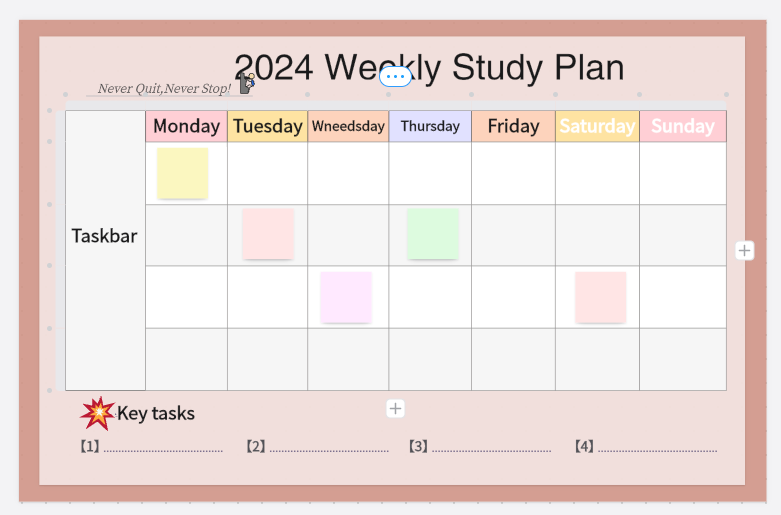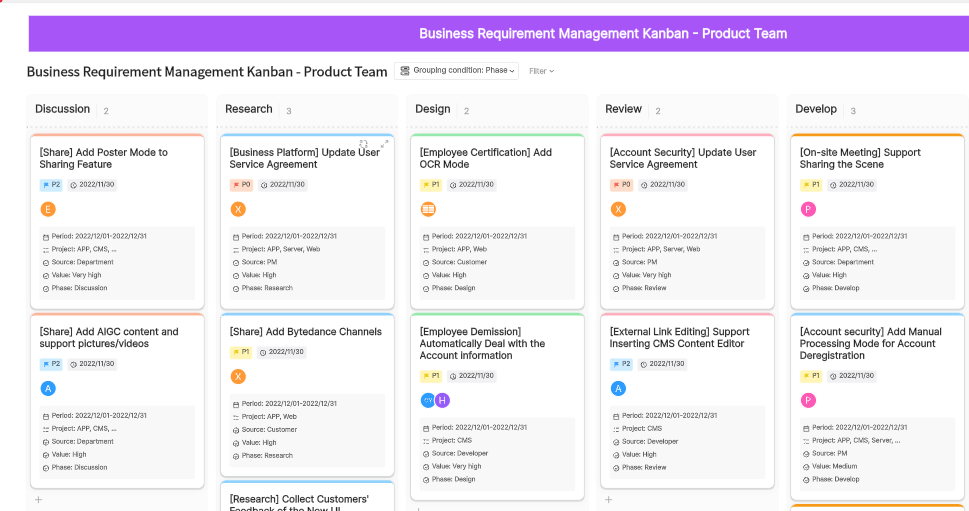The business canvas isn't just a tool for mapping out business models, it's also a vital resource for self-management within organizations. In a world where agility and adaptability are key, having a clear visual representation of your business's core components can help you stay on track and make informed decisions.
By breaking down your business into manageable sections, the canvas allows you to see the bigger picture while also focusing on individual elements. This helps with prioritization and resource allocation, which are crucial for effective self-management. Whether you're a solopreneur or leading a team, the business canvas can guide you in setting goals, tracking progress, and ensuring that each aspect of your business aligns with your overall strategy.
What is Business Canvas

A business model is fundamentally logical by creating, delivering, and obtaining value. Likewise, the business canvas can be applied to ourselves. We can be the CEO of a company, if you put yourself as a company to run, you can use Boardmix’s [Business Canvas Template] to plan your future life development blueprint like a company CEO!
This article recommends to you the online whiteboard tool that numerous bloggers are crazily recommending-Boardmix. It shares how to use digital tools and [Business Canvas Template] to better manage your life.
How to Manage Yourself By Business Canvas
(1) Clarify core resources
The first step is that as the company's CEO, you need to ask questions about the company's big goals, values, and target customers and markets. A clear company direction is the first step in all actions. As company CEO, we need to ask the following questions:
• What are the company's core resources?
• Who I am?
• What do I own?
(2) Key activities (what do I want to do)
After determining the general direction, next, we must start from our advantages and determine the core business activities (what to do). We need to clarify the following questions:
• What are my personality, interests, talents, hobbies, skills, tangible and intangible core assets?
• Given these resources, what do I want to do and am suitable to do?
• How can “I (the company)” give full play to this expertise?
• What action steps do I need to take at different stages of the development of the company (me)?
• How to ensure that each link proceeds in an orderly manner and gradually achieves the goals?
(3) Value (what value can I provide)
• What problems can I solve for my clients with my resources, abilities, and skills?
• What help is provided?
• What value is generated? (This is also a reflection of my value)
(4) Customer segmentation (Who can I help?)
• Who are my main customers and markets?
• In what areas can my skills be better utilized?
• Who can I help? What are the customer profiles of these groups?
For example, as a freelance translator, my clients can be refined to specific industries in the professional field, such as overseas companies in IT.
(5) Customer relationship (how to deal with the other party?)
• How to build and maintain customer relationships?
• Is the customer relationship long-term or short-term?
(6) Channels (how to promote yourself and deliver services?)
• How to increase my influence
• How to link resources and deliver services?
(7) Important partners (who can help me?)
• Are there relevant industry circles I can join?
• Where can I find key business partners?
• Who are possible allies?
• Where to link?
(8) Sources of income (what can I get?)
Here, you can sort out the company's hard income and soft income.
• Hard income includes all cash income, such as wages, bonuses, stock options, social security payments, etc.
• Soft income includes a sense of accomplishment, satisfaction, self-worth, the value of contribution to society, and praise from customers.
(9) Expenditure part (what do I have to pay?)
The company’s operations include hard costs and soft costs:
• Hard costs include money, time, energy, and connections.
• Soft costs mainly refer to stress, loneliness, sunk costs, etc.

In the process of analyzing the 9 parts of "your" business model, you can make full use of the [Business Canvas Template] in the Boardmix online whiteboard. Not only can you visually describe your business ideas and clarify the various needs of your business kingdom, but also a detailed action plan can be developed based on the results of the business canvas.
Through sorting out the above nine parts, have you realized the development and operation of your future will be more detailed and clear, which is also one of the important functions of the business canvas? Through the business canvas, the company's goals, direction, values, development process, strengths and weaknesses, and finances can be completely clear.
How to Create a Business Canvas
On this basis, we can use the Boardmix online whiteboard to develop a more detailed action plan. The action plan can use the [Daily/Weekly/Monthly Plan Template] in the Boardmix template center to further refine the business plan. Choose from a variety of action plan templates for individuals and companies.

In conclusion, managing yourself, like managing a company, is not simple. Excellent management tools can help you in this process. Boardmix online whiteboard is a powerful whiteboard tool that supports multi-person online collaboration and has an infinitely extended online collaboration space.

You can gather inspiration and visualize your thinking process through hand-drawing, post-it notes, and uploading Word, slides, pdf, pictures, and other types of files. Through sorting, the personal development plan can be as systematic as company management, and through visual tools, actions can be made clearer. It is a personal and company management tool that cannot be missed! It is now free for individual users, click on Boardmix to use it immediately!













